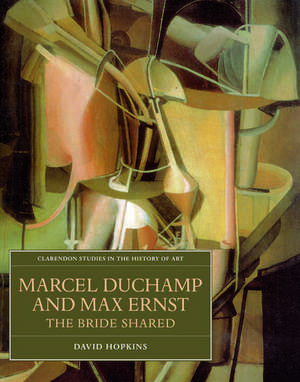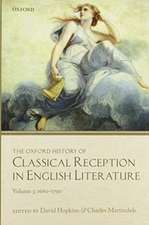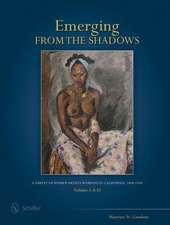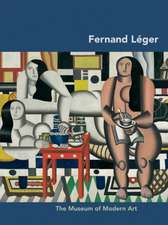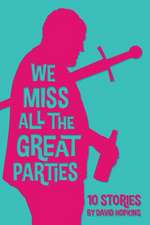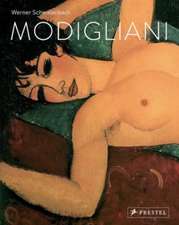Marcel Duchamp and Max Ernst: The Bride Shared: Clarendon Studies in the History of Art, cartea 21
Autor David Hopkinsen Limba Engleză Hardback – 3 sep 1998
Preț: 727.63 lei
Preț vechi: 1105.12 lei
-34% Nou
Puncte Express: 1091
Preț estimativ în valută:
128.76€ • 150.98$ • 113.08£
128.76€ • 150.98$ • 113.08£
Carte tipărită la comandă
Livrare economică 19-24 februarie
Preluare comenzi: 021 569.72.76
Specificații
ISBN-13: 9780198175131
ISBN-10: 0198175132
Pagini: 230
Ilustrații: 10 colour and 130 black and white illustrations
Dimensiuni: 229 x 284 x 24 mm
Greutate: 0.86 kg
Editura: OUP OXFORD
Colecția OUP Oxford
Seria Clarendon Studies in the History of Art
Locul publicării:Oxford, United Kingdom
ISBN-10: 0198175132
Pagini: 230
Ilustrații: 10 colour and 130 black and white illustrations
Dimensiuni: 229 x 284 x 24 mm
Greutate: 0.86 kg
Editura: OUP OXFORD
Colecția OUP Oxford
Seria Clarendon Studies in the History of Art
Locul publicării:Oxford, United Kingdom
Recenzii
impresssive study .../ copiously illustrated and pleasingly annotated.../ For any reader wishing to deepen their knowledge of these particular paintings the book is a welcome shake-up of more canonical readings. Dr Hopkins finely spun theoretical framework - dancing as it does from Rosicrucianism to Dutch Symbolism to Descartes and back again - sometimes veers toward hermeticism itself, but nonetheless opens unexpected new prospects on the four central works./ A.A., Art Newspaper, July-Aug 1999.
